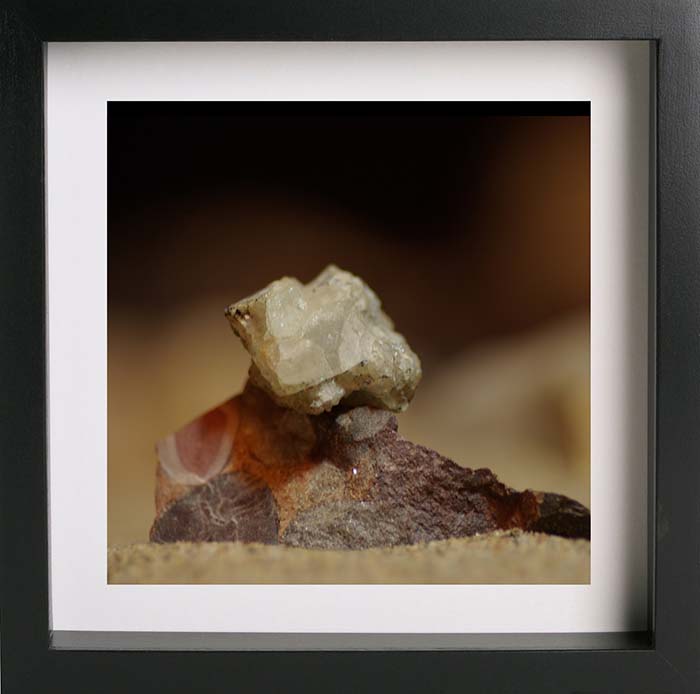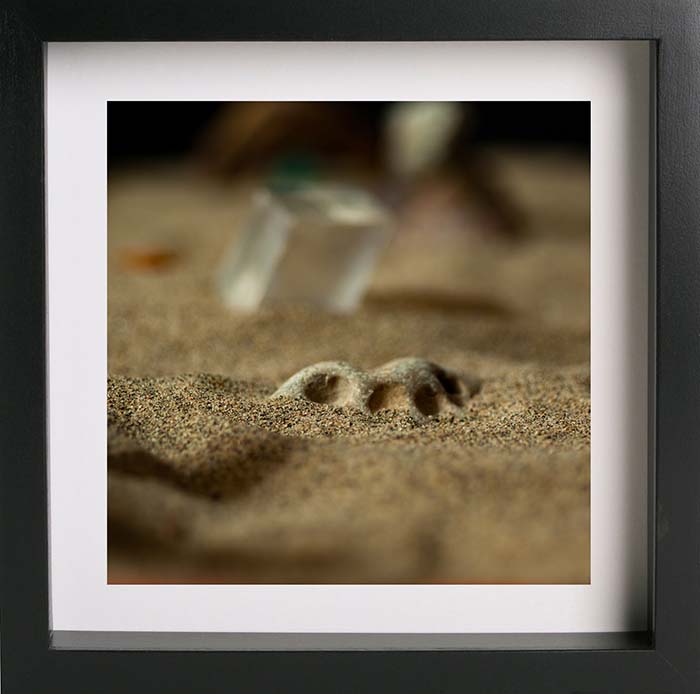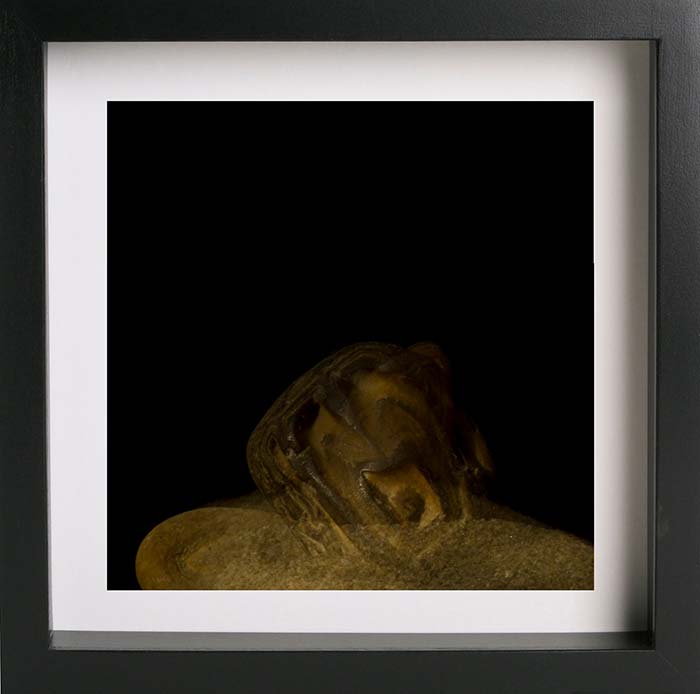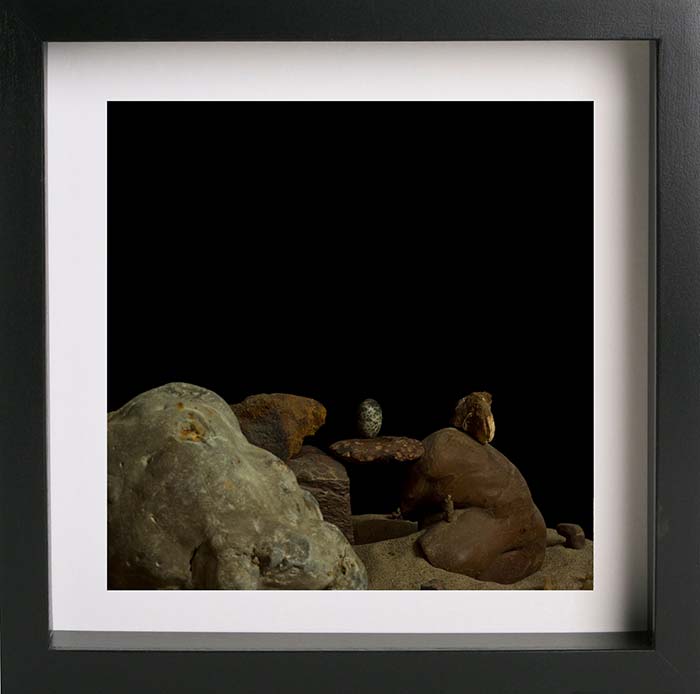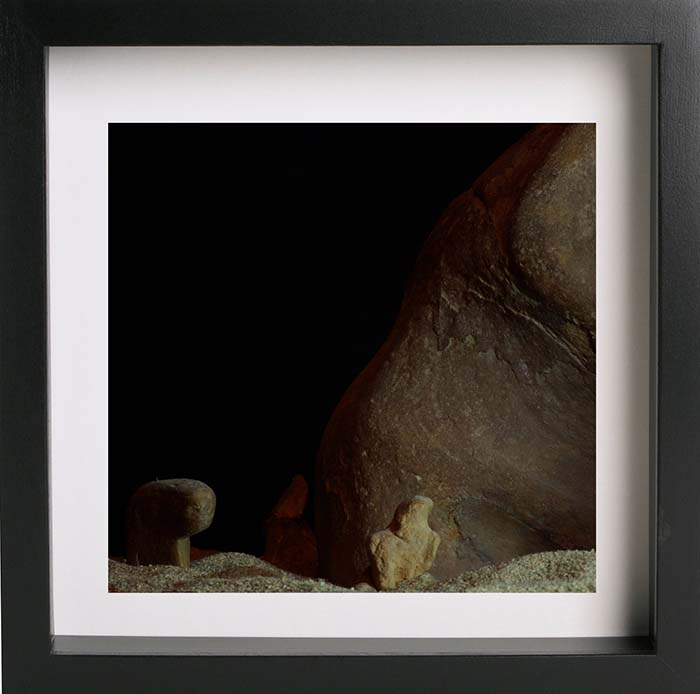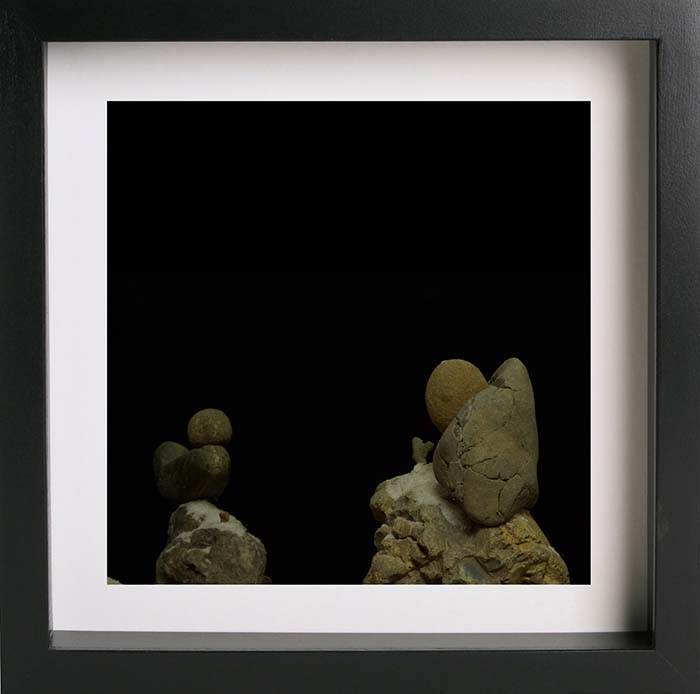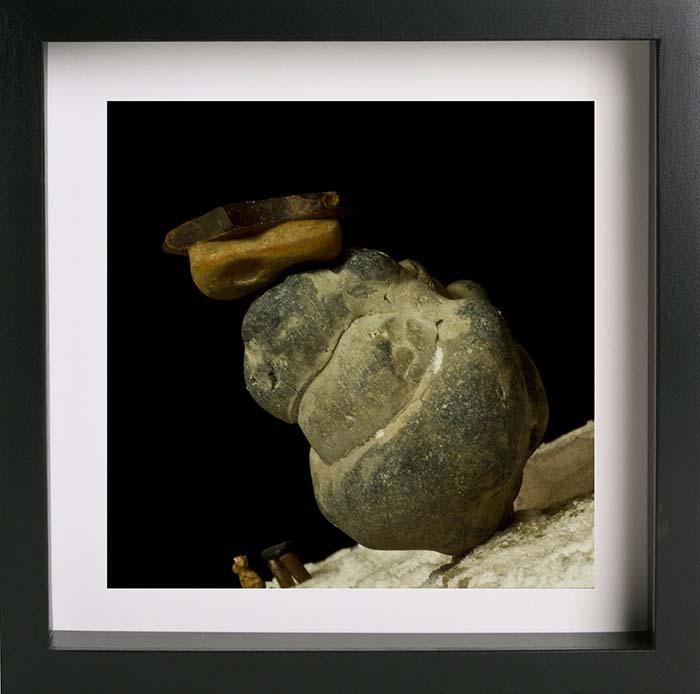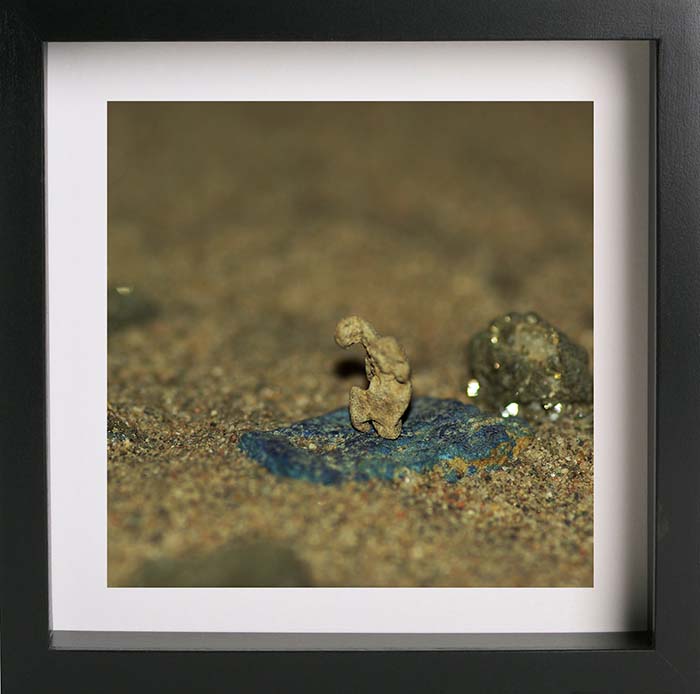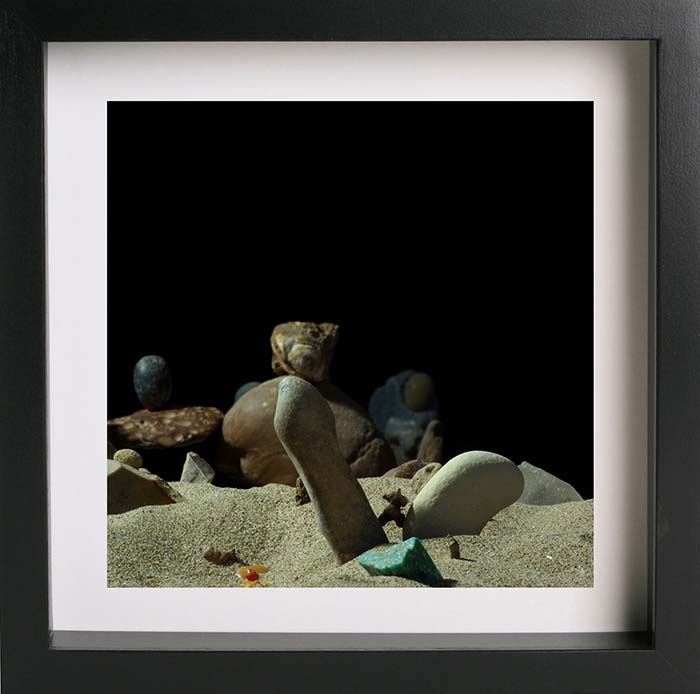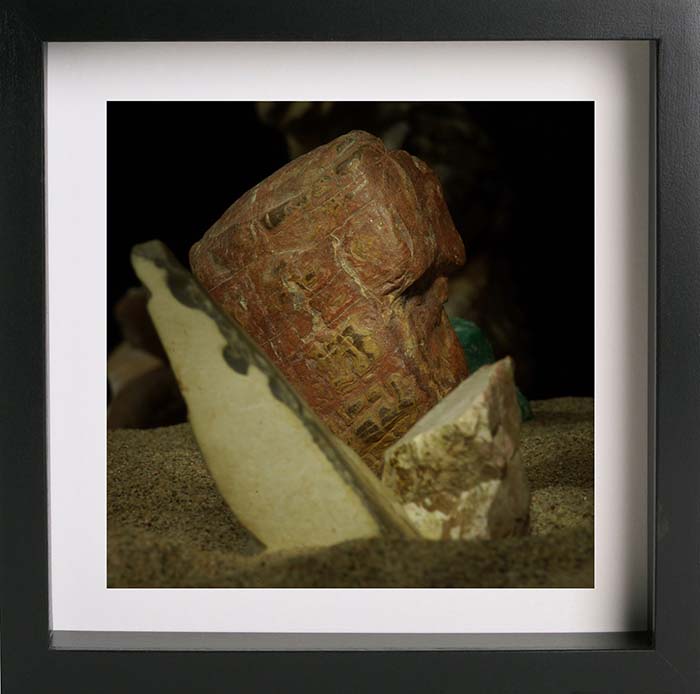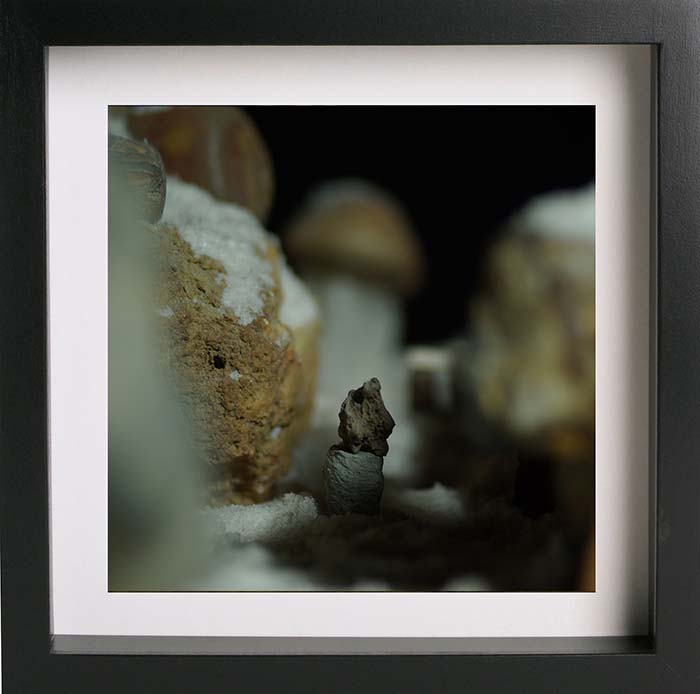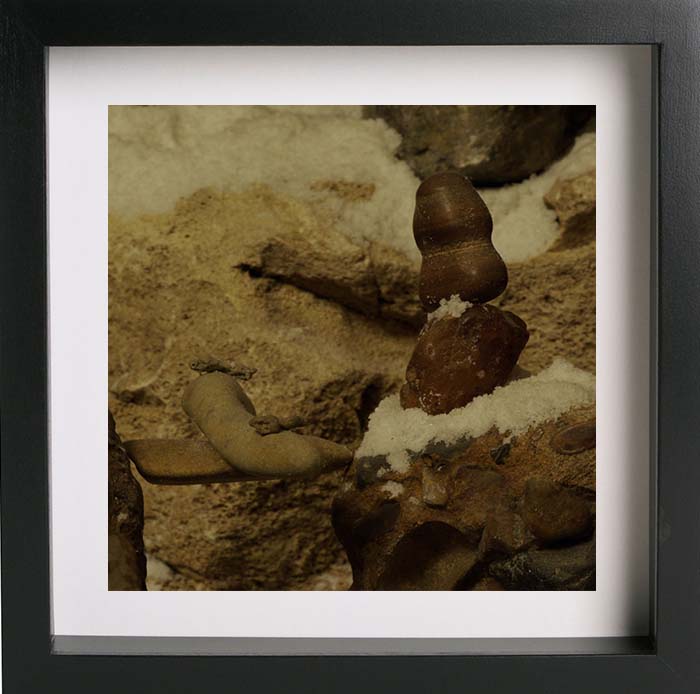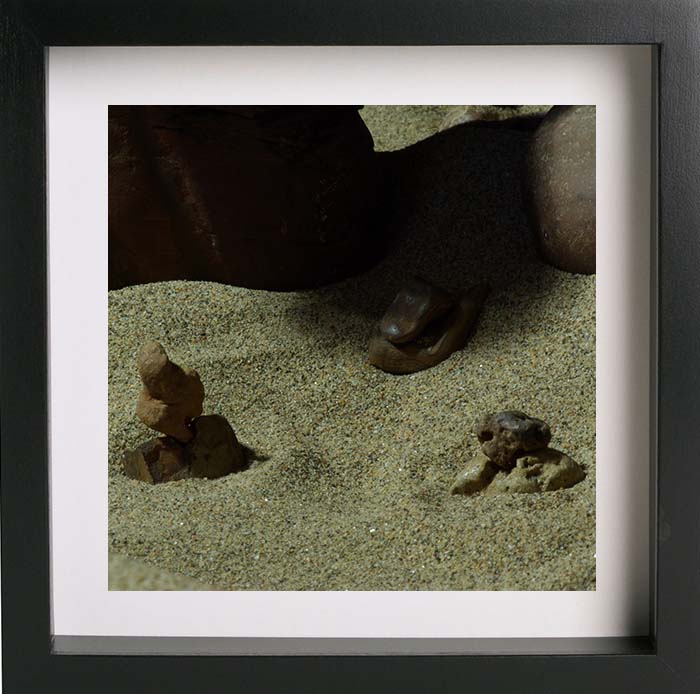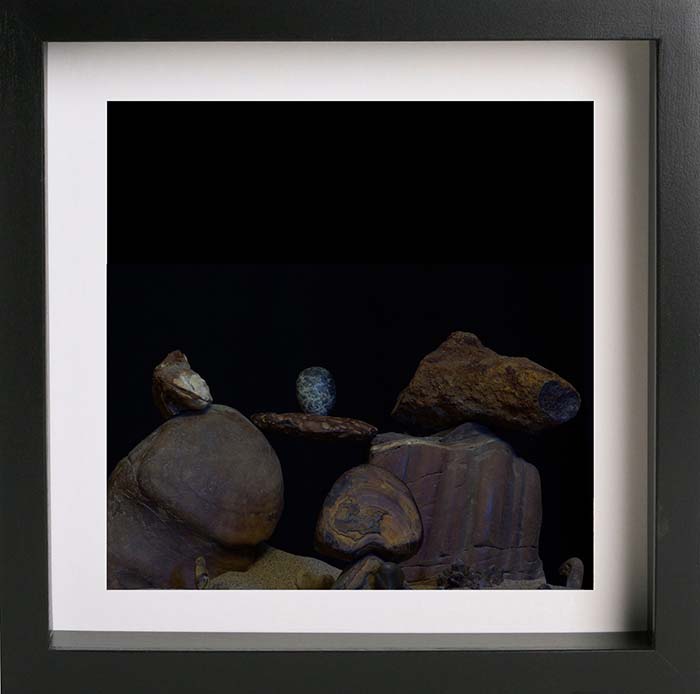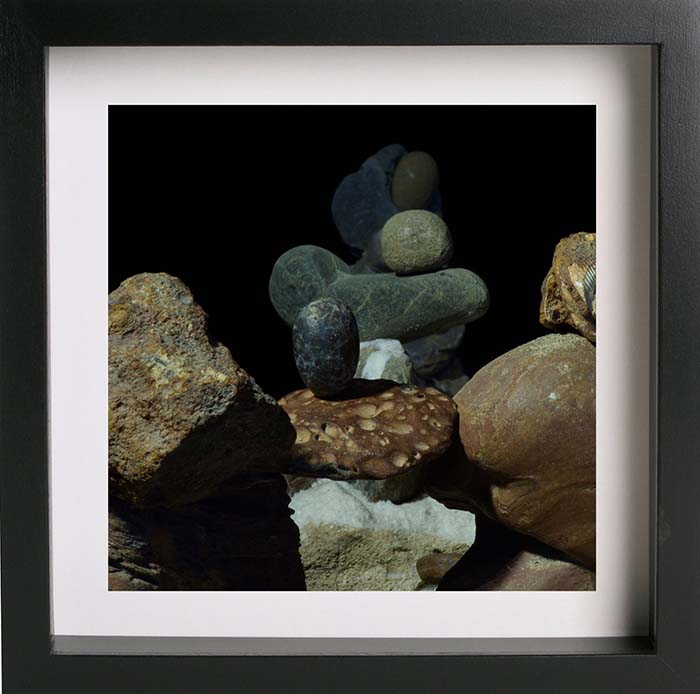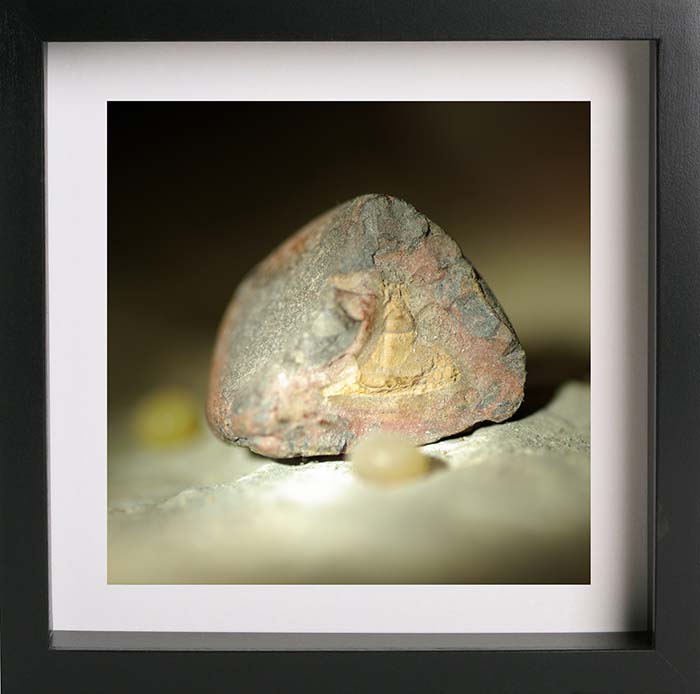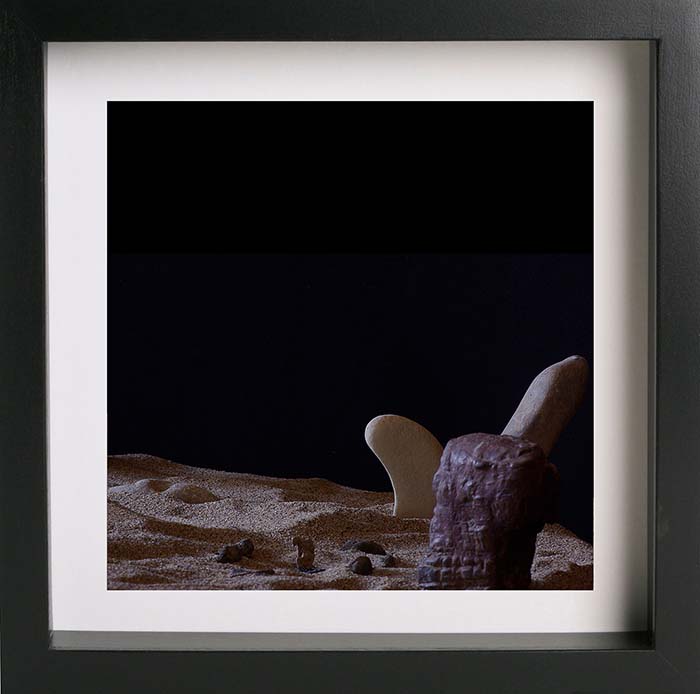Shapecoloring Sociums.
Shapecoloring Sociums is not only a new theory in art, but also, more importantly, a new organization of art space. Here I will prove to you the uniqueness of this theory in art.
Let’s begin. First, about my statement that such a theory has never existed in art. What about Japanese rock gardens? — you may ask, — sand and stones are also used there, and also all objects cannot be seen at the same time.
Let’s figure it out. First, about the materials which are used in Shapecoloring Sociums. If we go by this logic: there is sand and stones in Japanese rock gardens, there is sand and stones in Shapecoloring Sociums, that means plagiarism, nothing new. Then, by the same logic, we must admit that everyone who painted with oil paints after Van Eyck, who was credited with their invention for a long time, was a thief, a plagiarist who did not create anything new. Stones and sand are materials an artist uses. I think there are no more questions about this, so I move from form to content.
I often hear statements that Shapecoloring Sociums are a copy of a Japanese rock garden. I immediately ask: from which garden? In Japanese culture there are: a landscape garden style, gardens at imperial palaces, temple and monastery gardens, an abstract garden, a garden for a tea ceremony, Japanese gardens near a residential building — tsuboniwa, a miniature garden. Each of them has its own logic, its own style and its own philosophy.
Shapecoloring Sociums are most often compared to the rock garden in the Buddhist monastery of Ryoan-ji. It is a small rectangular area (from east to west — 30 m, from south to north — 10 m), covered with white gravel. There are 15 black rough stones on the site. They are organized into five groups.
There is an opinion that no matter from which point a visitor to the garden views this composition, the fifteenth stone always appears out of his or her field of vision, blocked by other stones. So, this is not true. Such a perspective opens only from a special viewing terrace, since the rock garden is fenced on three sides with an adobe fence. Therefore, access to most viewing points is closed. In addition, if you look from above, all 15 stones are visible.
Shapecoloring Sociums have no restrictions on viewing points. You can move away from them as far as the room space allows, come up close, and examine every millimeter with your gaze from any side and even from above. In this case, one or more elements (I call them individuals) will not be visible.
Moreover, each Shapecoloring Socium, having such a depth of space, also has its own unique appearance thanks to not only the external, but also the internal logic of construction. I created special color schemes, construction according to mathematical principles, including using the principle of the golden ratio, methods for applying sand, joining different minerals and rocks, and much more. As they say, little secrets of artist, from which great art is formed.
And the most important difference is that only in a Shapecoloring Socium is an internal perspective formed. What is it? Let’s define the terms. Perspective (from the Latin perspicere — to look through) is the science of depicting objects in space, on a plane or any surface in accordance with those apparent reductions in their sizes, changes in shape and light-and-shadow relationships that are observed in nature. In other words, this is the phenomenon of apparent distortion of the proportions and shapes of bodies during their visual observation or a way of depicting volumetric bodies that conveys their own spatial structure and location in space.
We are surrounded by two geometric spaces. One is objective, existing outside a person, the other is perceptual, or the space of visual perception that arises in consciousness as a result of the work of the “eye + brain” system. These spaces are interconnected, because the perceptual is a reflection of the objective, but geometrically they differ (for example, the rails are parallel, but in the perceptual they converge at the horizon).
In the 80s of last century, Academician Rauschenbach developed a general theory of perspective, which includes all systems known in the visual arts: axonometry, Renaissance and inverse. He showed that there is no ideal (i.e., one that does not introduce distortions) perspective system for depicting perceptual space, just as there are no ideal methods for geometrically mapping three-dimensional space onto a plane.
Types of perspective:
Axonometry is one of the types of perspective based on the projection method (obtaining a projection of an object on a plane), with the help of which spatial bodies are visually depicted on a paper plane. Axonometry is otherwise called parallel perspective.
Linear perspective is a type of perspective focused on a fixed point of view and assuming a single vanishing point on the horizon line.
Reverse perspective is a type of perspective used in Byzantine and Old Russian painting. The depicted objects appear to increase in size as they move away from the art-lover here. The painting has several horizons and points of view, and other features. When depicted in reverse perspective, objects expand as they move away from an art-lover, as if the center of convergence of the lines is not on the horizon, but inside an art-lover.
When depicted in reverse perspective, objects expand as they move away from an art-lover, as if the center of convergence of the lines is not on the horizon, but inside an art-lover. Reverse perspective forms a holistic symbolic space, oriented towards an art-lover and suggesting art-lover`s spiritual connection with the world of symbolic images.
Internal perspective is a system for creating of space where the vanishing point of all lines depends only on the location of an art-lover. There is no vanishing point, but there is an almost infinite number of internal relationships, and accordingly, an art-lover can be in this logical space almost indefinitely. Three questions immediately arise. First, according what principles is this space created? Second, why is it reflected in photography according to the laws of direct perspective, and only in some cases of macro photography, weak reverse perspective takes place? And the third, why and for whom is it needed?
I answer. I can’t tell about mathematical principles. Let art researchers look for the secret if they want. After all, it’s their job. And art-lovers for whom I work aren`t interested in the secrets of my creative process, but in the meaning and beauty that they draw from Shapecoloring Sociums.
As for photography, the first photograph in history was taken by Niepce in the 20s of the 19th century. And they began to talk about reverse perspective in the 90s of the 20th century, when scientists patented a lens capable of shooting in reverse perspective. I think the conclusion is clear: as soon as there is a lens capable of capturing internal perspective, it will immediately appear in photographs.
And most importantly, why and for whom is internal perspective needed?
This is a new direction in art, a new perspective, opened 700 years after Masaccio and Brunelleschi. They are the real authors of linear perspective for me. Because Masaccio created the first completed work of art using the principles of linear perspective. And Giotto, for example, used only individual elements of it. Brunelleschi, in turn, created the first complete treatise on linear perspective, although Ambrogio Lorenzetti had conducted work in this direction before him.
Reverse perspective was known in Byzantium from the 10th-11th centuries, and Pavel Florensky gave it a name and described its principles in the 20th century.
But first of all, this is a completely new system of spatial dimensions, where all vanishing points find peace only in your soul, in contrast to linear perspective, where all lines converge into one point in a beautiful, but distant, and therefore cold infinity. Each line here is not a segment, but a vector with a reflection of the logos, striving for your spiritual sigh.
You can find an approach to any person, but here you can find a bridge to yourself. This is a spiritual bunker which protects us from the radiation of everyday life. There are no bosses or subordinates, no money, no loans, no financial obligations here.
The most convertible currencies are kindness and humanity here. This bunker is necessary for the same reason why even non-believers come into the church to light a candle. They explain this act as a tribute to tradition, although in fact it is an attempt to break away from everyday reality.
One spoken word can change the entire spiritual structure of a person, but where this word must be spoken? Should this be done in a room where every atom is a potential predator which feeds on your thoughts, including an unpaid fine, an uncompleted work, an unfinished book, an unmade call, dozens of unfinished and unbought things? After all, all this reduces us to a certain social function and builds up the shell of another social mask.
But in a Shapecoloring Socium, all everyday chaff is swept away by the high-mountain wind of ideal peaks. If the world is close to ideal, then the thoughts born there will be close to ideal. Shapecoloring Socium is the material basis for an ideal society. How many people from Plato to Stalin tried to create it, but there was no result. Do you know why? Because the one who conceives, and even more so tries to implement this idea, develops a certain scheme according to which such a society will be built. He sees you inside this scheme, and you see him in a coffin and white slippers. Because you are a person, and you are above any schemes, even those according to which an ideal society may be built.
And a Shapecoloring Socium doesn`t have any mechanisms for suppressing personality, simply because everything comes to life there only with your arrival. Through your thoughts, movement and communication occur in this world. And every inhabitant of the Shapecoloring Socium will be immensely glad and grateful to you simply for the fact that you exist. And believe me, these citizens of an ideal space with a multi-thousand-year biography will have something to tell you.
Shapecoloring Sociums. Philosophy.
You can read the philosophical rationale of Shapecoloring Sociums here.
